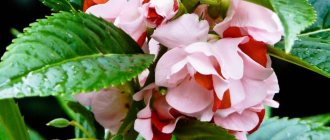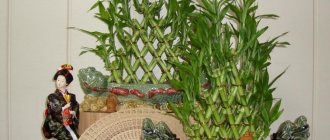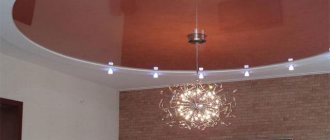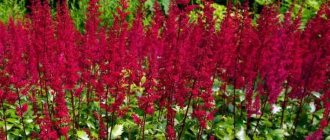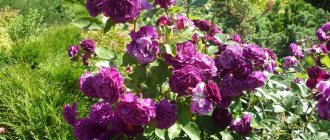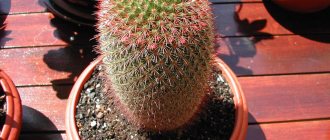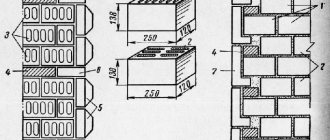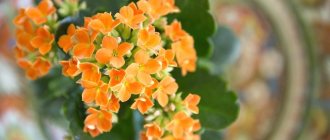Garden balsam (Impatiens balsamina)
This type of balsam can be considered the oldest cultivated one.
Descriptions and first images of medium-sized, 25 to 70 cm high, annual plants literally covered with simple or double flowers appeared in the 17th century. Travelers visiting mysterious China, India and other countries in a region remote from Europe could not pass by specimens with white, pink, red or purple flowers. Therefore, garden balsams, especially terry balsams, soon appeared in flower beds and greenhouses in France, Italy, Holland and Great Britain.
The annual crop is easy to recognize:
- on strong, succulent stems with pronounced nodes;
- along lanceolate, petiolate leaves with serrated edges, densely covering the shoots;
- irregular decorative flowers located in the leaf axils.
The stems of garden balsam, as in the photo, branch, which allows you to get a dense crown, from June to September strewn with flowers of various colors and shades.
After flowering is completed, juicy boxes with brown round seeds appear on the plants. Like many other varieties of balsams, the contents of the garden impatiens box instantly scatter several meters around, as soon as you touch the fruit or the plants come into contact with a gust of wind.
In subtropical conditions, in the homeland of the culture, this feature helps balsams quickly spread. But in the middle zone, heat-loving plants do not tolerate cold weather, so balsams of this type are planted in the garden only after the end of the frost season. Garden impatiens will also decorate the room, but additional air humidification will probably be required here.
There are not so many varieties of garden balsam, and most of them are of European origin and were obtained quite a long time ago. Breeders have bred plants with flowers of various colors, resembling garden roses, camellias and carnations in shape and structure.
When choosing a variety for planting on a border or flower bed, you should take into account that garden varieties can have a height of up to 70 different heights. For example, plants from the Camellia Flowered group are quite tall, and the main number of flowers is concentrated in the upper part of the shoots.
To obtain an original color spot or edging of plantings, it is better to choose dwarf subspecies. An example is the popular balsam variety Tom Thumb shown in the photo.
Tom Thumb balsam plants do not exceed 25 cm, are distinguished by their richness of colors and long flowering. Double flowers, replacing each other, open from June until mid-autumn, as long as the air temperature allows.
What is Balsam
Since 1596, Europe began to be filled with a flower with a cute appearance, becoming popular throughout the world. Impatiens are valued for their ability to bloom almost all the time, without requiring much care. In addition, it can be easily propagated.
Depending on the variety, the height of the plant can be from 0.15 to 0.5 meters. On branched strong stems there is fleshy foliage with a wavy edge. It is colored green with a red tint. There are also varieties with bronze and green leaves. The peculiarity of this plant is that drops can collect at the ends when the humidity level rises. Most likely, it is because of this phenomenon that Balsam is popularly called Vanka-wet.
The flowers are located inside the leaf axils and the variety of their colors is very great. For example, there are red, pink, orange, purple, white. Their surface can still be decorated with stripes and spots. In addition, there are terry leaves and multi-colored ones. Most varieties have miniature flowers. But it is precisely because of their bright color that they look attractive, and the plant is sometimes called “Balsam Light”.
After the flowering period, green fruits begin to develop. By the end of its ripening, it turns into a box with seeds. With a light touch it can explode, scattering seeds. It is thanks to this feature that the plant is also called “Impatiens impatiens”.
Impatiens can be either perennial or annual. The first varieties are used to decorate rooms, and the second - for balconies and gardens. To create a flower bed, it is recommended to use frost-resistant varieties whose flowering period lasts from spring until the first frost.
Impatiens is a suitable flower for rooms where children are. For example, it can be placed in schools, kindergartens, etc.
Features of the plant
The tropical and subtropical territories of Asian and African countries are considered its native places, but it is also found in Central Asia. Very popular among those who love to grow house plants for the past four hundred years.
Vanka wet reproduces easily. It blooms all year round in different shades - from white to orange. And hybrids are generally unique.
Impatiens diseases
Most often, the plant suffers from improper care. Yellowing and falling of leaves can be caused by a lack of moisture, rotting - by its excess.
The plant can also be affected by fungus, parasites such as spider mites and whiteflies. Black spots on the leaves are a sign of bacteriosis.
By carefully observing the appearance of balsam, you can notice the disease in time, and by using appropriate medications, prevent the death of the plant.
